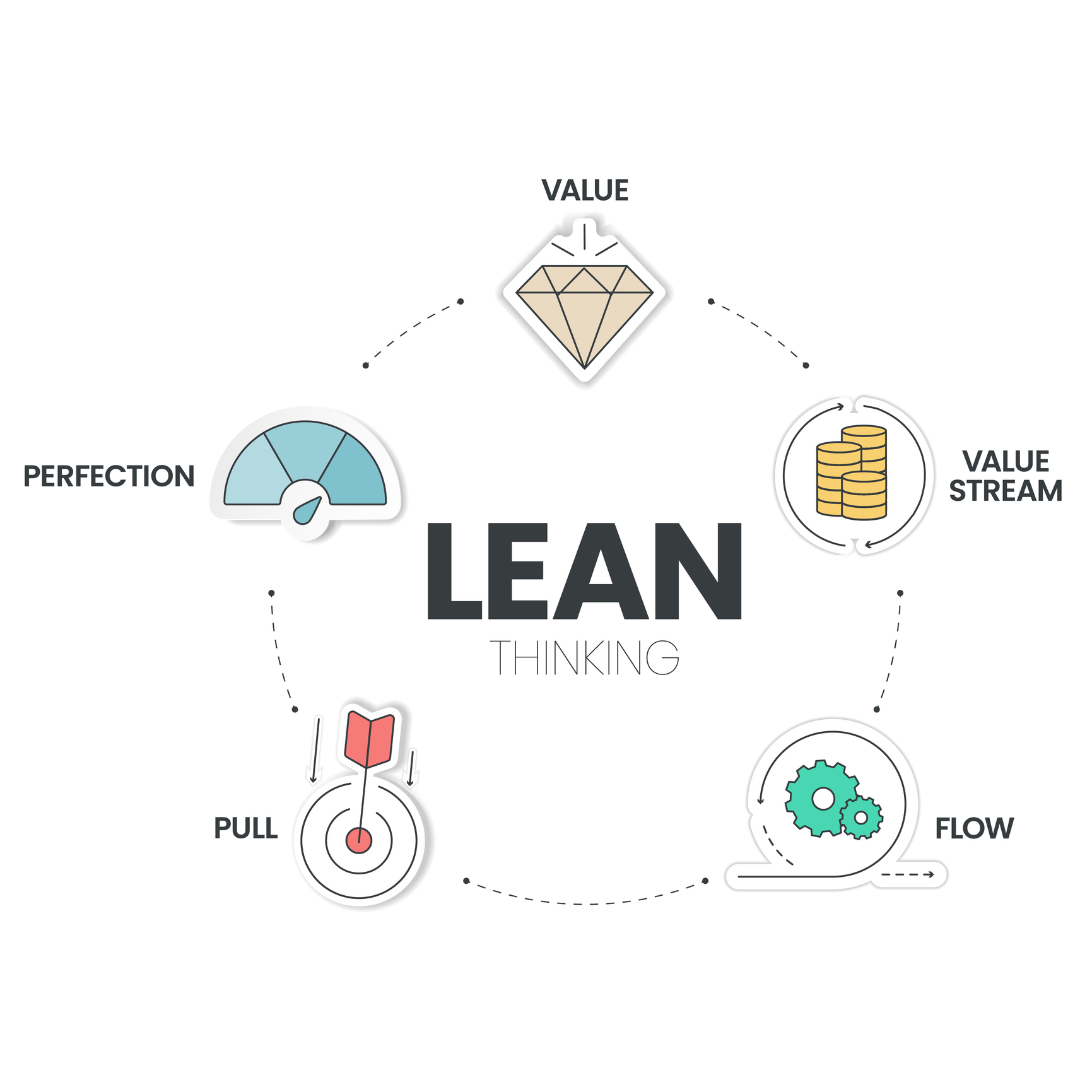A value stream management platform should be able to do one key thing — connect to your tools.
So said Lance Knight, president and COO of value stream management platform provider ConnectALL.
And while the connections are key, it’s what organizations do with those connections that’s relevant. “The value stream management platform is your control center, kind of like the railroad control center. An idea comes into this tool, we see it at work, its cycle and monitoring. If something happens, then I move it to this tool, something happens, I move it to this tool. Along that path, I’m taking out information, so that I can get analytics and information to make business decisions on the movement of things through the value stream. This happens in this tool.”
Knight often says value stream management is about seeing, measuring and automating. “I can see the value stream, I can map it out, I can monitor it, I can measure it. That’s the metrics, then I go automate it, I go remove waste, get rid of bottlenecks. It’s not just the metrics, it’s what you can do to get predictive analytics.”
Measuring is the next important step, yet knowing what to measure is key. And since value stream management made its way into software development, the thinking on what to measure has been somewhat fluid, Knight said.
“A year ago, everyone (vendors in the space) was saying it’s flow metrics. Now everybody is saying it’s flow metrics and that DORA metrics are as important as a format as flow metrics. And now OKRs are what’s being talked about,” he said. “Everybody is saying, ‘I got metrics. I can show you flow and your CI/CD, but that’s not showing value. I may be releasing every minute, but if I’m not releasing anything new or anything of value, what’s that relevant to?”
Automation can be used to trigger events during the cycle, such as putting a release in place, which can remove bottlenecks. Scans can be run against code in production, to catch vulnerabilities. But often, the vulnerability sits on that scanning tool. “The value stream management platform should be able to take that vulnerability, put it on a dashboard, or put it somewhere so that somebody can take action on it.”
Value stream management, he said, allows you to make sure you’re working on the right things. With visibility into the value stream through the connection of all the life cycle tools and data sources, a platform can ensure not only that you’re working quickly and effectively, but that you’re working on the right things. “That’s where the analytics become powerful,” he said.
Part of the metrics that keep companies working on the right things are feedback loops. “DevOps talks about amplifying feedback loops, but what does that mean, unless you’ve connected the tool to bring the information back,” Knight explained. “Value stream management is about connecting everything, you’re managing the value stream, seeing how information is flowing, removing waste, enabling continual improvement. Not one tool does that. So, how can you have a value stream management tool?”








